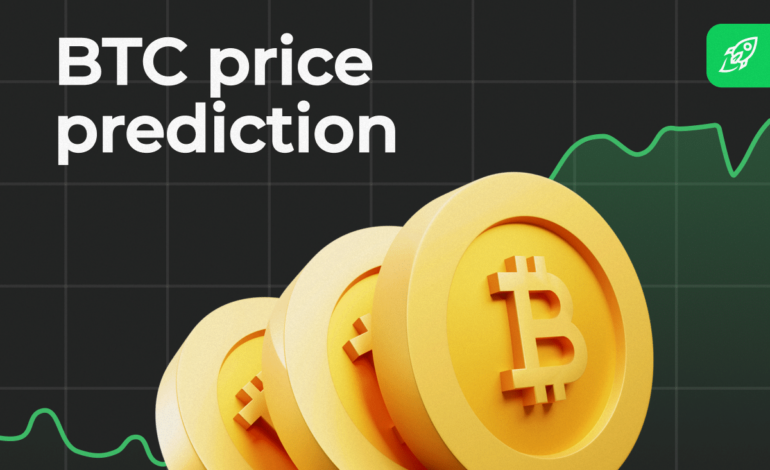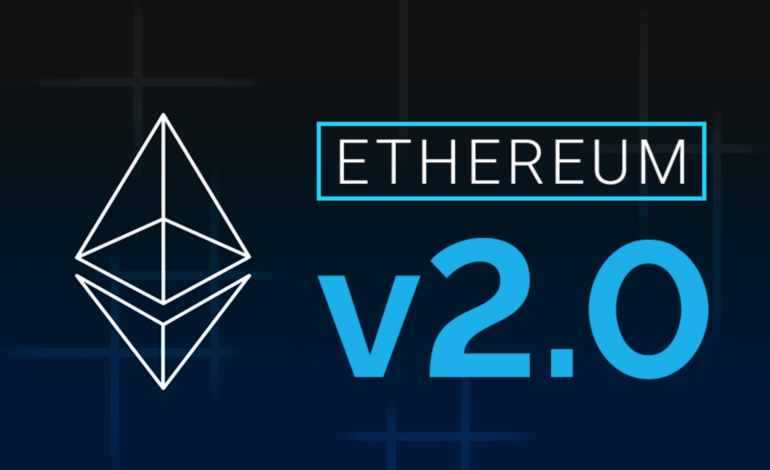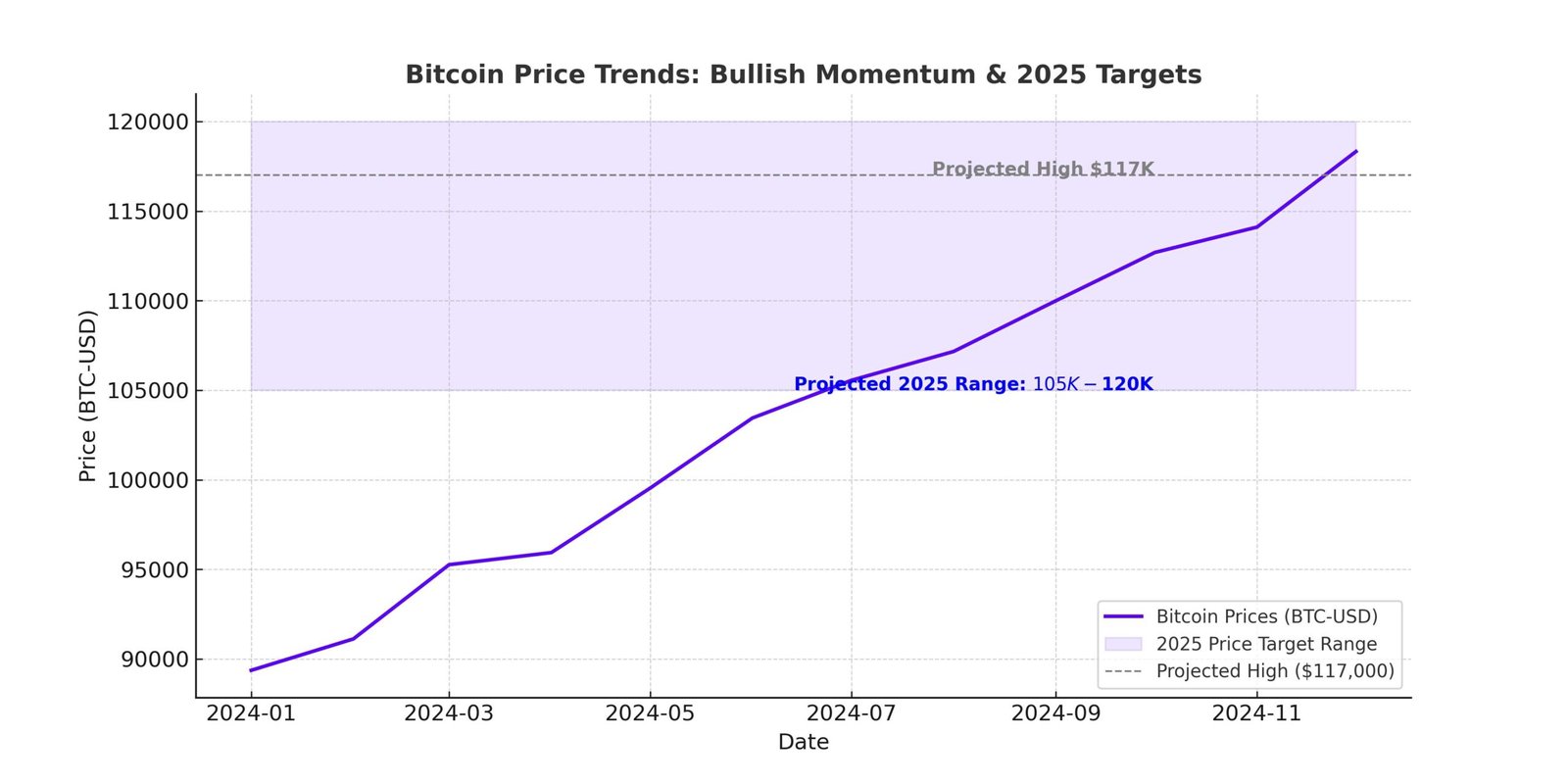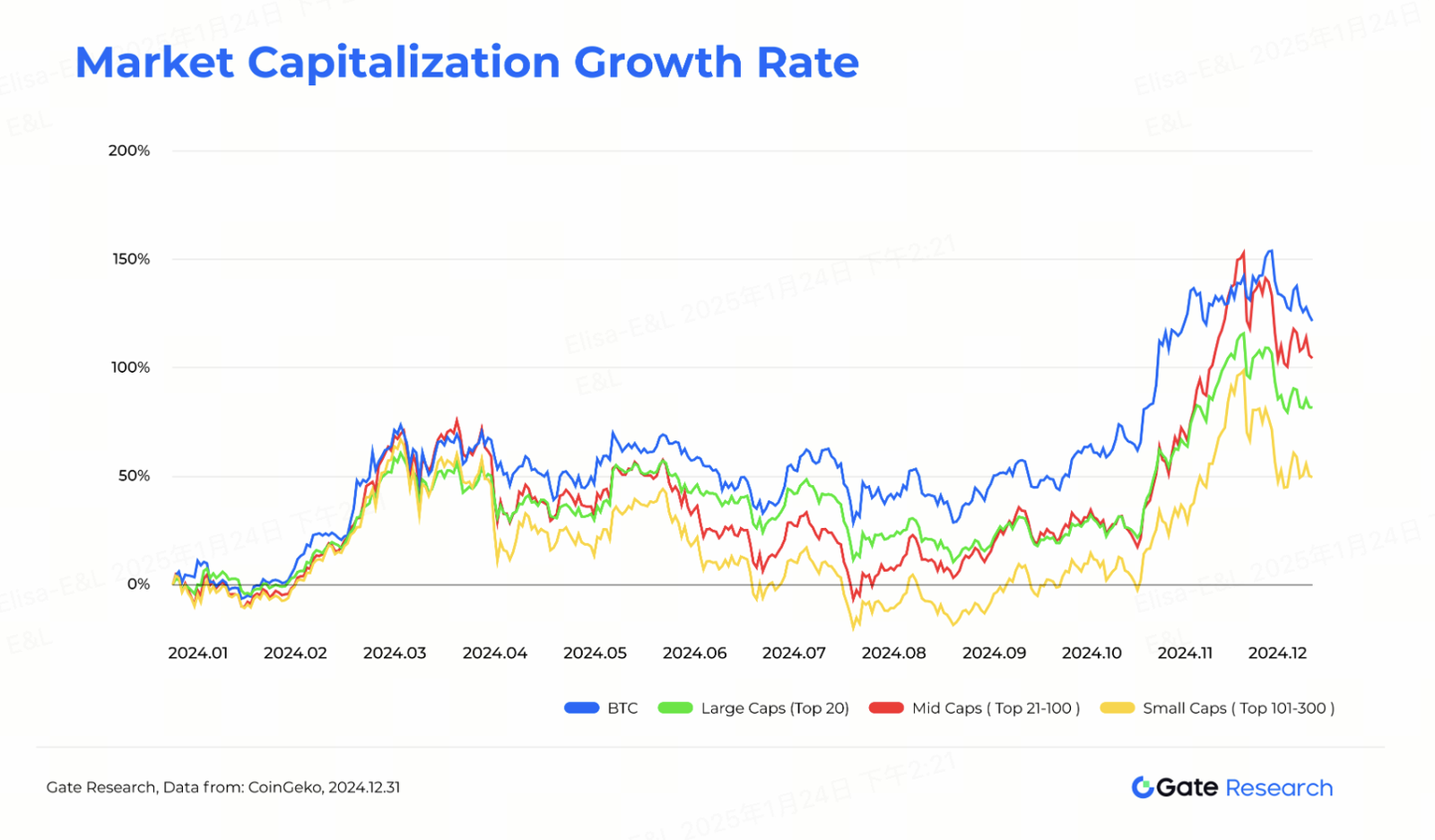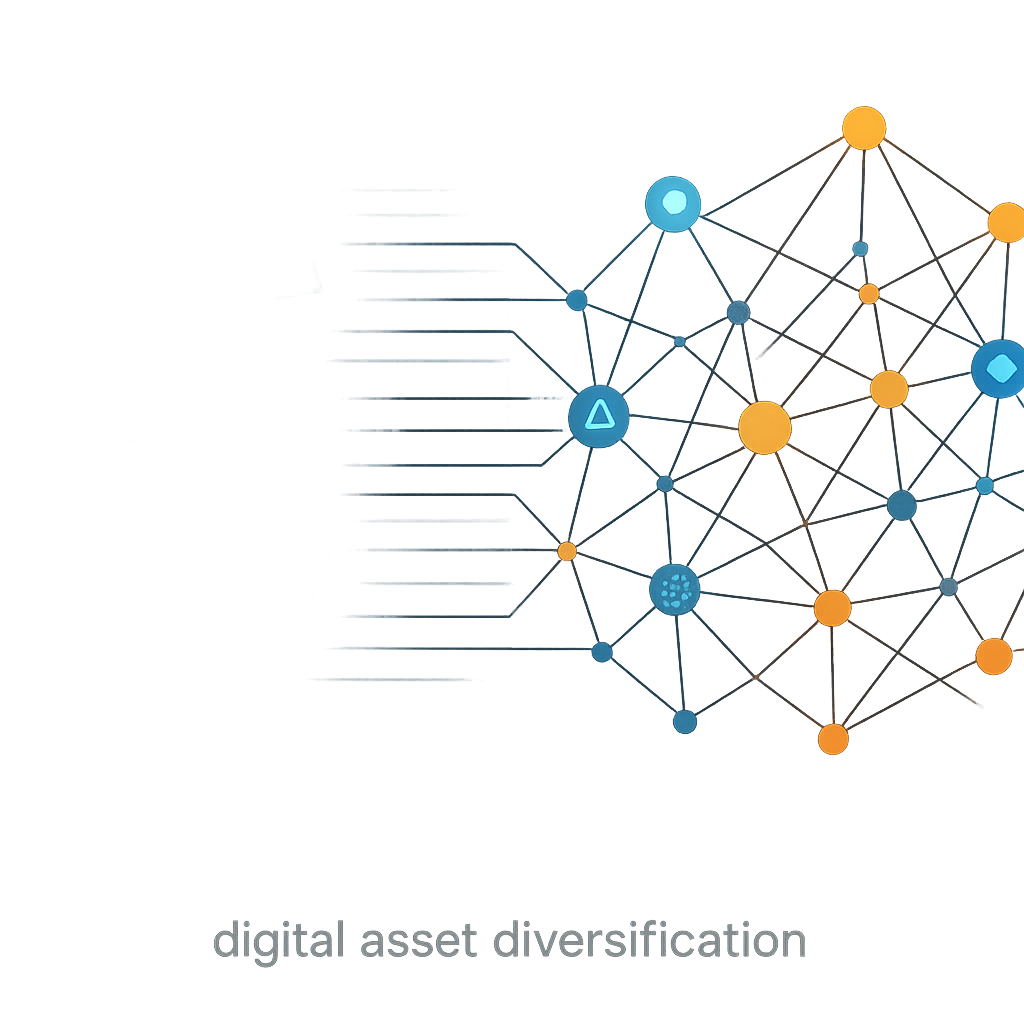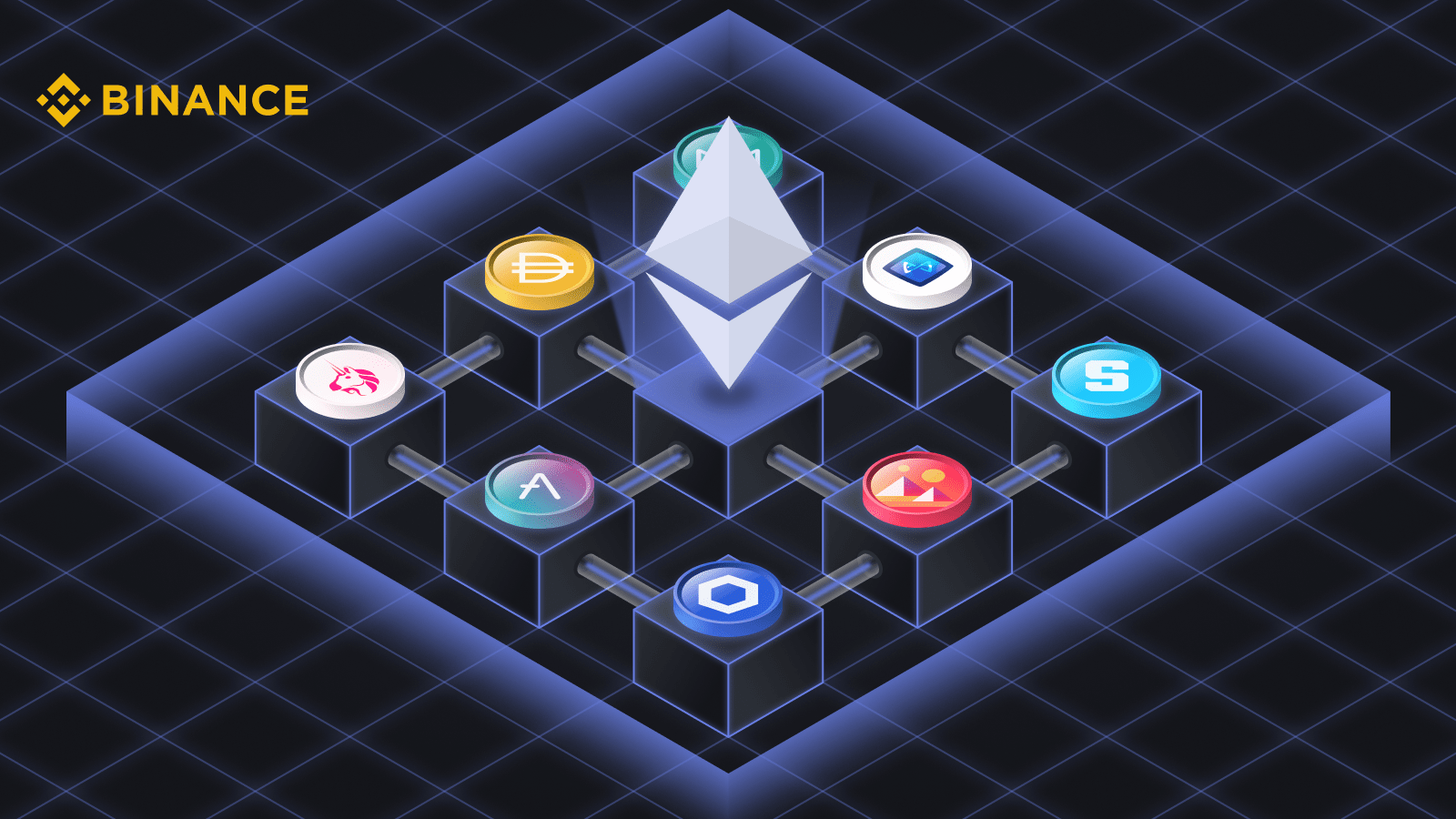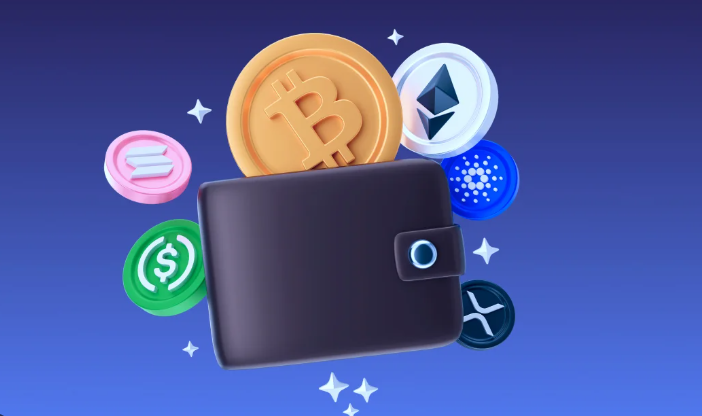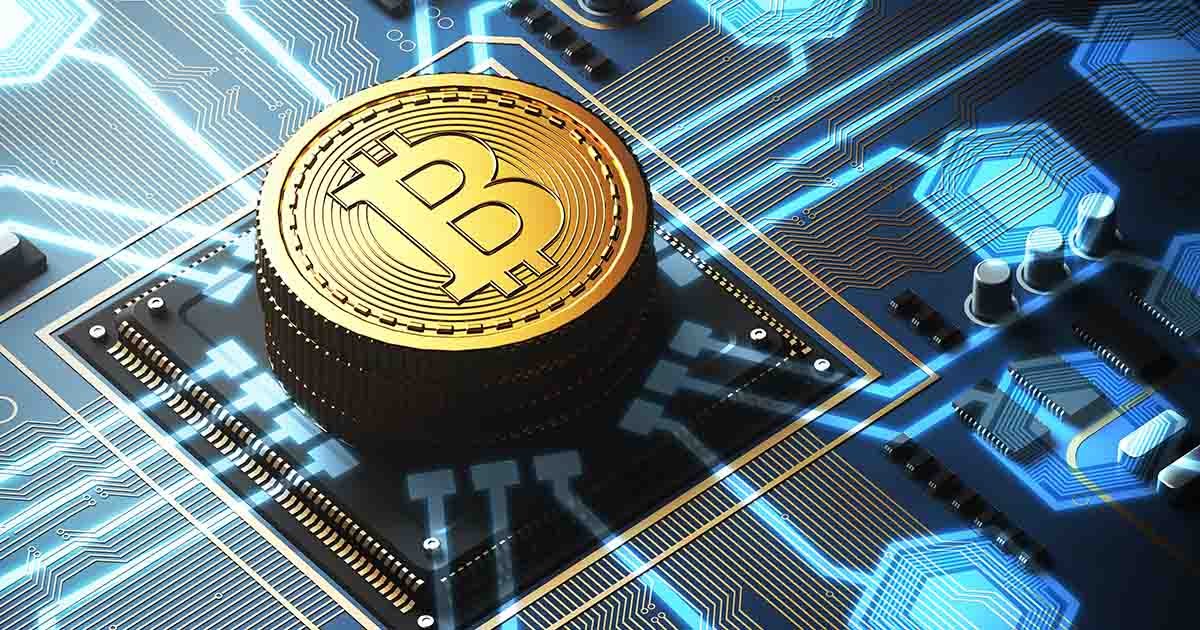What is Ethereum? Everything You Need to Know
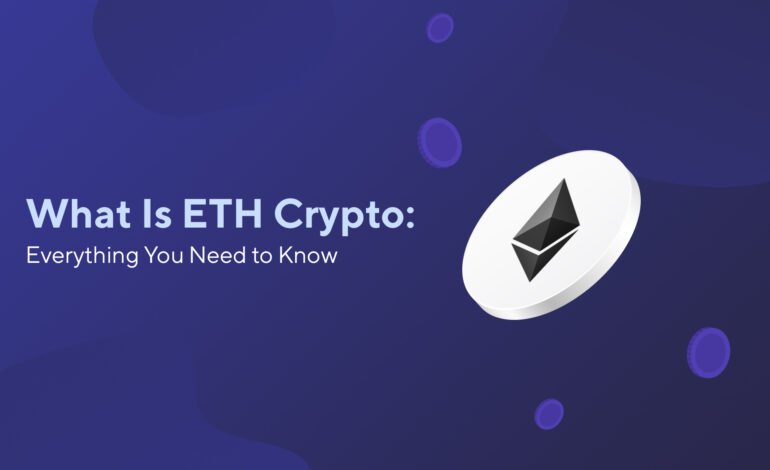
Discover what Ethereum is, how it works, and why it matters. This beginner-friendly guide covers everything you need to know about Ethereum, from its technology to its uses.
What is Ethereum? Everything You Need to Know
Ethereum is one of the most influential and widely used blockchain platforms in the world. While Bitcoin introduced the concept of decentralized digital currency, Ethereum took it a step further by enabling decentralized applications and smart contracts. But what exactly is Ethereum, and how does it work? In this guide, we’ll break down everything you need to know about Ethereum, making it easy for beginners to understand.
What is Ethereum?
Ethereum is a decentralized, open-source blockchain platform that enables developers to build and deploy smart contracts and decentralized applications (dApps). It was proposed in 2013 by Vitalik Buterin and launched in 2015. Unlike Bitcoin, which is primarily a digital currency, Ethereum is a programmable blockchain that supports a wide range of applications.
Key Features of Ethereum
- Smart Contracts: Self-executing contracts with the terms of the agreement directly written into code.
- Decentralized Applications (dApps): Applications that run on the blockchain without a central authority.
- Ether (ETH): The native cryptocurrency of the Ethereum network, used to pay for transactions and computational services.
- Decentralization: Ethereum operates on a global network of computers, making it resistant to censorship and control.
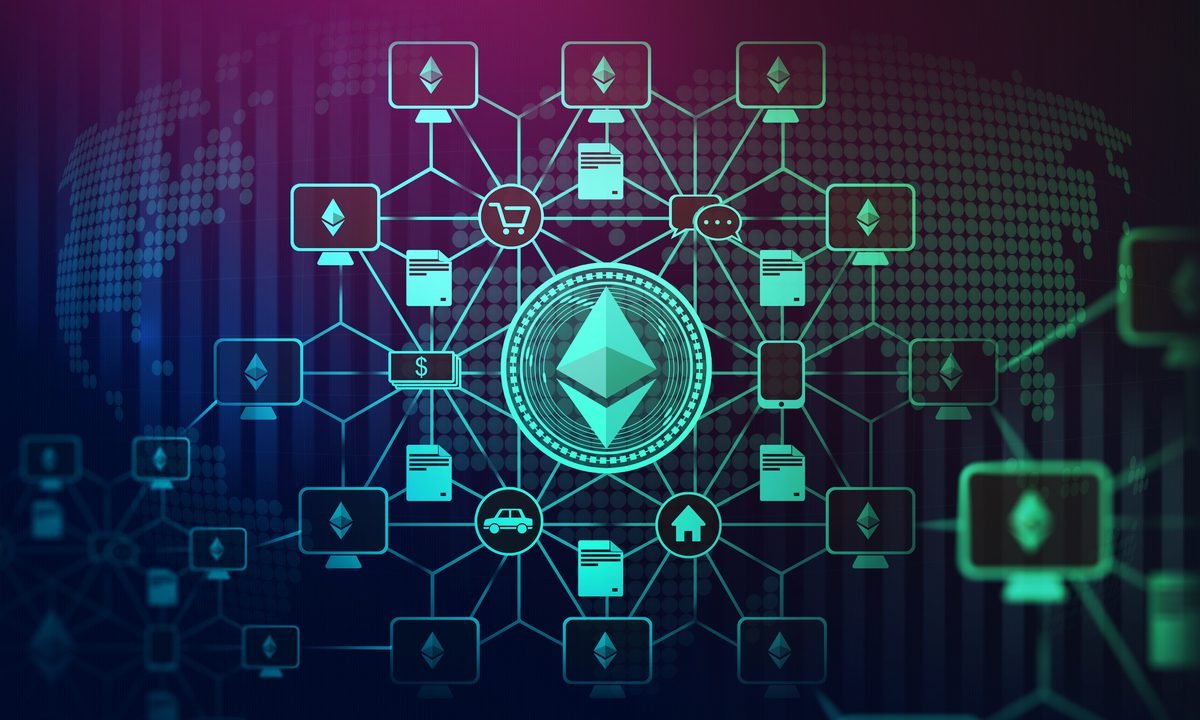
How Does Ethereum Work?
Ethereum operates on a technology called blockchain, similar to Bitcoin. However, Ethereum’s blockchain is designed to be more versatile. Here’s how it works:
- Transactions: Users send Ether (ETH) or interact with smart contracts, creating transactions.
- Mining: Miners validate transactions and add them to the blockchain, earning ETH as a reward.
- Smart Contracts: These are programs that run on the Ethereum blockchain, automatically executing when predefined conditions are met.
- Decentralized Applications (dApps): Built on top of Ethereum, dApps leverage smart contracts to provide various services, from finance to gaming.
What is Ether (ETH)?
Ether (ETH) is the native cryptocurrency of the Ethereum network. It serves two main purposes:
- Transaction Fees: Users pay ETH to execute transactions and smart contracts on the Ethereum network.
- Incentives: Miners and validators earn ETH for securing the network and processing transactions.
Ethereum vs. Bitcoin
While both Ethereum and Bitcoin are blockchain-based, they serve different purposes:
| Aspect | Ethereum | Bitcoin |
|---|---|---|
| Purpose | Platform for dApps and smart contracts | Digital currency and store of value |
| Cryptocurrency | Ether (ETH) | Bitcoin (BTC) |
| Transaction Speed | Faster (15-30 seconds per block) | Slower (10 minutes per block) |
| Supply | No hard cap (inflationary) | Capped at 21 million (deflationary) |
Use Cases of Ethereum
Ethereum’s versatility makes it suitable for a wide range of applications:
- Decentralized Finance (DeFi): Ethereum powers most DeFi platforms, enabling lending, borrowing, and trading without intermediaries.
- Non-Fungible Tokens (NFTs): Ethereum is the leading platform for creating and trading NFTs, which represent ownership of unique digital assets.
- Gaming: Blockchain-based games use Ethereum to create in-game assets and economies.
- Supply Chain Management: Ethereum’s transparency and immutability make it ideal for tracking goods and ensuring authenticity.
- Identity Verification: Ethereum can be used to create decentralized identity systems, giving users control over their personal data.
Ethereum 2.0: The Future of Ethereum
Ethereum is undergoing a major upgrade known as Ethereum 2.0 (Eth2), which aims to improve scalability, security, and energy efficiency. Key features of Ethereum 2.0 include:
- Proof of Stake (PoS): Replaces the energy-intensive Proof of Work (PoW) with a more sustainable consensus mechanism.
- Sharding: Splits the blockchain into smaller pieces (shards) to increase transaction speed and capacity.
- Beacon Chain: Introduces a new blockchain that coordinates the network and manages validators.
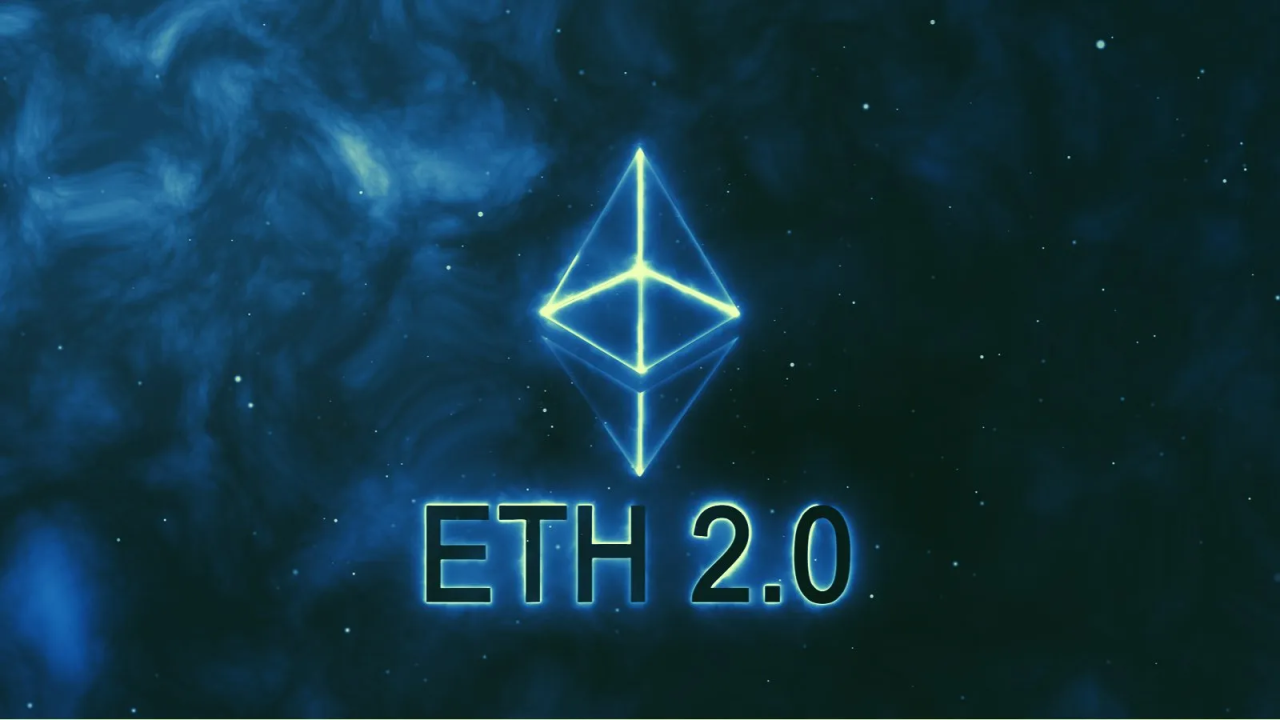
How to Get Started with Ethereum
If you’re interested in Ethereum, here’s how to get started:
- Buy Ether (ETH): Purchase ETH on a cryptocurrency exchange like Coinbase, Binance, or Kraken.
- Set Up a Wallet: Use a secure wallet like MetaMask, Trust Wallet, or Ledger to store your ETH.
- Explore dApps: Visit platforms like Uniswap, OpenSea, or Aave to interact with decentralized applications.
- Learn About Smart Contracts: Study Solidity, Ethereum’s programming language, to create your own smart contracts.
Risks and Challenges
While Ethereum offers many opportunities, it also comes with risks:
- Volatility: ETH’s price can be highly volatile, leading to potential losses.
- Regulation: Governments may impose regulations that impact Ethereum’s growth.
- Scalability: Ethereum’s current network can become congested, leading to high transaction fees.
- Security: Smart contracts and dApps can have vulnerabilities, leading to hacks or exploits.
Conclusion
Ethereum is more than just a cryptocurrency—it’s a revolutionary platform that enables decentralized applications and smart contracts. Whether you’re a developer, investor, or simply curious, understanding Ethereum is essential to navigating the world of blockchain technology. With its ongoing upgrades and growing ecosystem, Ethereum is poised to remain a key player in the crypto space.

